Rail Transport Law, CIM SMGS COTIF

International Rail Transport Committee, CIM Consignment Note, COTIF
- Introduction to the International Rail Transport Committee (CIT)
- International Rail Transport Law (CIM, SMGS, COTIF, EU Transport Law)
- Uniform Rules concerning the Contract of International Carriage of Goods by Rail (CIM)
- CIM/SMGS Consignment Note
- Electronic CIM/SMGS Consignment Note

The Subject “International Rail Transport Law (CIM, SMGS, COTIF). International Rail Transport Committee (CIT)” belongs to the following Online Programs taught by EENI Global Business School:
Courses: Rail transport, Multimodal transport, Transport in Africa.
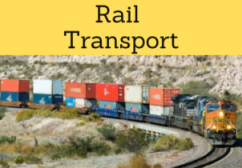
Diplomas: Foreign Trade, International Transport.

Masters: International Transport, Transport in Africa, International Business, Foreign Trade.
Doctorate: Global Logistics, World Trade.
Languages: 
 Droit international du transport ferroviaire (Summary in
Droit international du transport ferroviaire (Summary in  Derecho internacional del transporte ferroviario
Derecho internacional del transporte ferroviario
 Direito internacional do transporte ferroviário).
Direito internacional do transporte ferroviário).
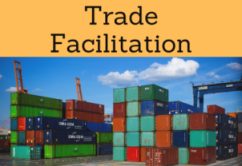
Sample - International Rail Transport Law:
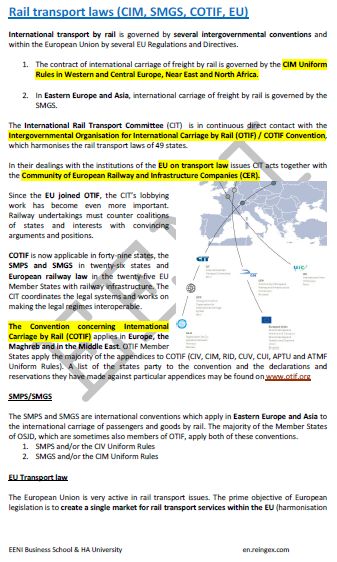
The International Rail Transport Committee (CIT) is an association of 216 railway and shipping companies that provide services to the international passenger and cargo enterprises.
The International Rail Transport Committee helps the railways to implement the International Rail Transport Laws.
In the recent decades, the political, economic, technical and legal evolution has required that the activities of the International Rail Transport Committee (CIT) be further diversified, culminating with the most important reform ever undertaken in the international railway law: to make the COTIF Convention is compatible with the Directive 91/440 / CEE on the development of the railways of the EU.
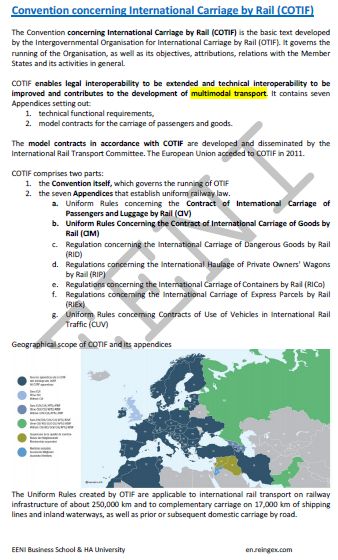
The international rail transport is governed by several intergovernmental agreements and within the EU by several EU regulations and directives.
- The contract for international carriage of goods by rail is governed by the Uniform Rules concerning the Contract of International Carriage of Goods by Rail (CIM) in Western and Central Europe, the Middle East and North Africa
- In Eastern Europe and Asia, the international carriage of goods by rail is governed by the Agreement on international carriage of goods by rail (SMGS) of the Organization for Cooperation between Railways (OSJD)
The COTIF Convention is applicable in forty-nine states, the SMPS and the Agreement on international carriage of goods by rail (SMGS) in twenty-six states and the European railway law in the twenty-five EU member states with rail infrastructure.
The International Rail Transport Committee (CIT) is in continuous direct contact with the Intergovernmental Organization for International Carriage by Rail (OTIF) / Convention COTIF, which harmonises the rail transport laws of 49 states.
In its relations with the EU institutions on transport legislation, the International Railway Transport Committee acts jointly with the Community of European Railways and Infrastructure Companies (CER).
The CIT Cargo Traffic Manual (GTM-CIT) specifies the standard way in which the international transport of goods by rail must be carried out in order to guarantee the integrity of the transport contract.
Member countries of the International Rail Transport Committee: Albania, Algeria, Armenia, Austria, Azerbaijan, Belgium, Bosnia and Herzegovina, Bulgaria, Croatia, Czech Republic, Denmark, Estonia, Finland, France, Germany, Georgia, Greece, Netherlands, Hungary, Iran, Iraq, Ireland, Italy, Jordan, Lebanon, Latvia, Liechtenstein, Lithuania, Luxembourg, Macedonia, Morocco, Monaco, Montenegro, Norway, Pakistan, Poland, Portugal, Romania, Russia, Serbia, Slovakia, Slovenia, Spain, Syria, Sweden, Switzerland, Tunisia, Turkey, UK, Ukraine.
Headquarters of the International Rail Transport Committee (CIT): Bern (Switzerland).
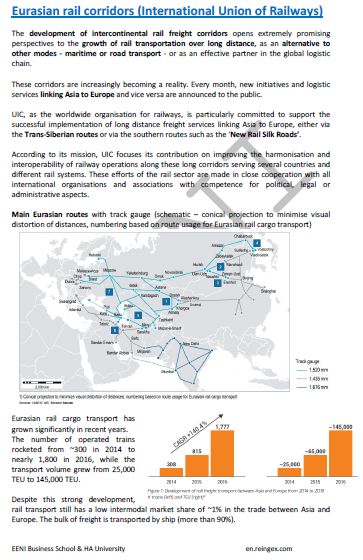
- Containers and Transportation
- Rail Transport in Africa
- Customs Convention on Containers
- Road-Rail Combined Transport
- Almaty-Bishkek Corridor
- Bangladesh-Myanmar Corridor
- China-Russia Corridor
- China-Pakistan Corridor
- China-Central-West Asia Corridor
- India-Afghanistan Corridor
- Europe-Caucasus-Asia Corridor
- Corridor of the Ashgabat Agreement
- Trans-Siberian Railway (Russia, North Korea)
- North-South Corridor (India-Russia)
- Afghanistan-Turkey Corridor
- Trans-Caspian Corridor
- East-West Corridor (Myanmar-Vietnam)
- Kyrgyzstan-Iran Corridor
- Islamabad-Istanbul Corridor
- Nanning-Singapore Corridor

(c) EENI Global Business School (1995-2024)
We do not use cookies
Top of this page



